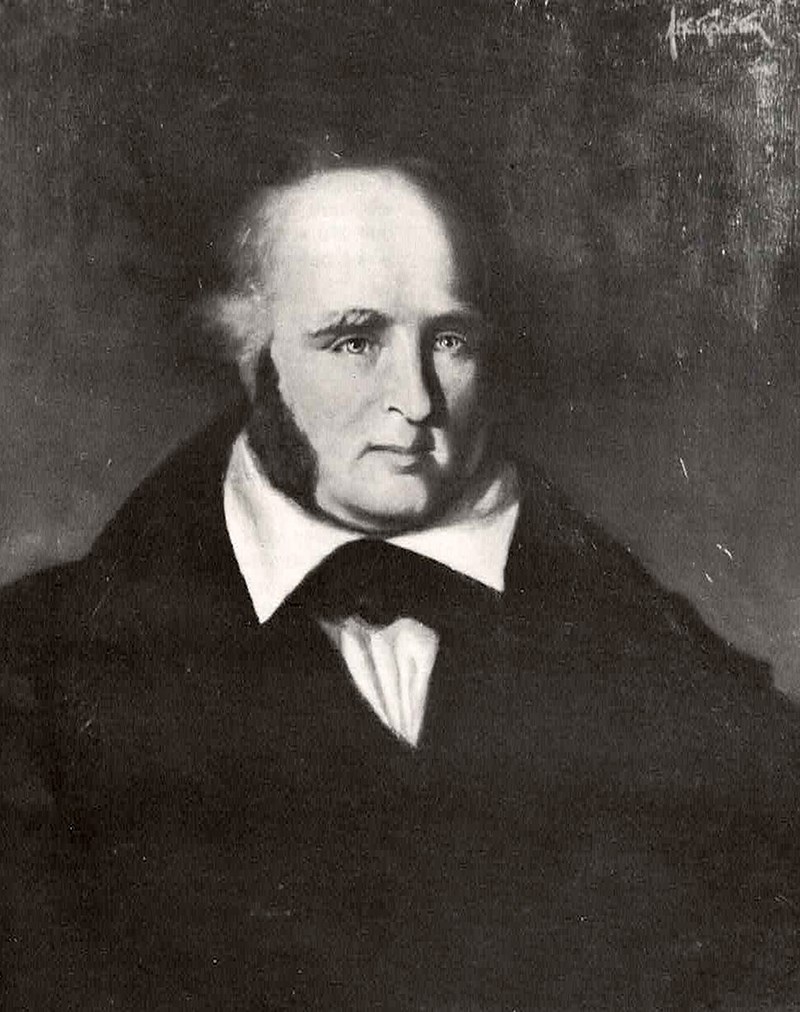Phil Egan
More than a shock of bushy red hair made Tiger Dunlop one of early Ontario’s most colourful characters. A sparkling wit, engaging personality and humour-packed writing also helped.
It was said that people sought him out simply to be able to say they’d been with him.
William Dunlop was born in Greenock, Scotland in 1792 and trained as a surgeon at universities in Glasgow and London. Before he died, “Tiger” Dunlop had also established himself as an accomplished army officer, author, justice of the peace, militia leader and politician.
His engaging and humourous book, written under the pseudonym, The Backwoodsman, described Ontario’s western frontier in the 1830s. It helped attract thousands of English and Scottish settlers to Sarnia and Kitchener, Guelph and Goderich.
Dunlop, who earned the nickname “Tiger” while serving with the British Army in India, was posted to Canada in 1813.
He distinguished himself as a surgeon in the War of 1812, serving at Lundy’s Lane and Crysler’s Farm. For two solid days during the Battle of Chippawa he worked tirelessly on 220 wounded men from both sides, stopping only to eat and to change his bloody clothes.
In 1827, the Crown purchased a massive part of southern Ontario from the Anishinaabe people. Crown Treaty Number 29 opened to settlement almost 2,700,000 acres of southern Ontario, including Sarnia, then a mere cluster of log cabins on the banks of the St. Clair.
Parliament created the Canada Company to settle the Huron Tract, and Tiger Dunlop joined the operation. It was here he wrote his engaging, Statistical Sketches of Upper Canada, a book described as a mix of practical advice and “tomfoolery.”
In one passage, Dunlop says Upper Canada “may be pronounced the most healthy country under the sun, considering that whisky can be procured for about one shilling sterling per gallon.”
The book’s success at attracting settlers was undeniable.
At age 45 during the Rebellion of 1837, Dunlop formed and commanded the 1st Huron Regiment. The ragtag, ill-equipped and poorly outfitted troop was so ineffective he nicknamed them “the Regiment of the Bloody Useless.”
Colonel Dunlop commanded five companies, dispatching Hyndman’s company to Walpole Island and W.F. Gooding’s company to Sarnia. Fortunately, there was no conflict and the postings proved only cautionary.
A memorable character whose writing had a profound effect on Sarnia and southern Ontario’s growth, Tiger Dunlop would also serve as Huron’s representative in Parliament.
He died in 1848.
